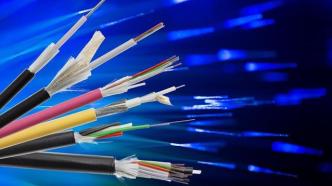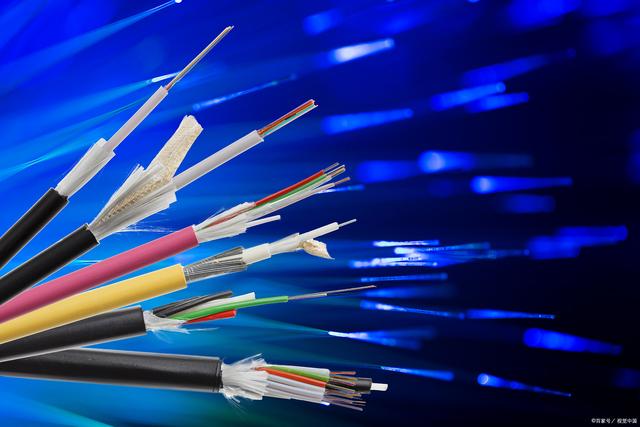

A fiber-thin fiber the thickness of a human hair can carry the full speed of the internet in more than a million homes, with room to spare, new research suggests.
An international team has set a new record for transmission speed over industry-standard fiber optics: up to 1.7 petabytes per second over 67 kilometers of fiber. The new optical fiber complies with global standards, so it can be used without extensive infrastructure modifications. At the same time, the latest method uses less digital processing, greatly reducing the power required to transmit each byte of data. Related papers have been submitted to the 2023 Optical Fiber Communication Conference.
A petabyte is equivalent to 1 million gigabytes, and today's home internet connections are lucky to be able to reach speeds of 1 gigabyte per second, the researchers said. So the latest research means that a single hair-thin fiber can carry more than a million homes running at full internet speed, with room to spare.
Most optical fibers today have multiple cores to carry multiple optical signals, but the signals interfere with each other, so current technology can only really achieve data transmission speeds of a few terabytes per second. Engineers can increase capacity by using thicker fibers, but thicker fibers are more fragile, less suitable for long-distance transmission, and require extensive restructuring of existing fiber-optic infrastructure.
The new optical fiber was jointly developed by scientists from Japan's National Institute of Information and Communication Technology, Sumitomo Electric Industries, Ltd., Eindhoven University of Technology in the Netherlands, and the University of L'Aquila in Italy. It contains 19 cores, each of which can carry a signal. In addition, the researchers produced a compact glass chip and etched waveguide patterns on the chip through 3D laser printing technology, which can simultaneously feed signals into the 19 cores of the optical fiber with low energy loss, And it can be compatible with existing transmission equipment.
The researchers point out that the latest fiber optic technology has far-reaching implications and could be used in a variety of fields, including finding planets orbiting distant stars, detecting diseases, and identifying damage to sewage pipes. (Original title "The speed of 1.7 petabytes per second standard optical fiber data transmission between 67 kilometers sets the fastest record")